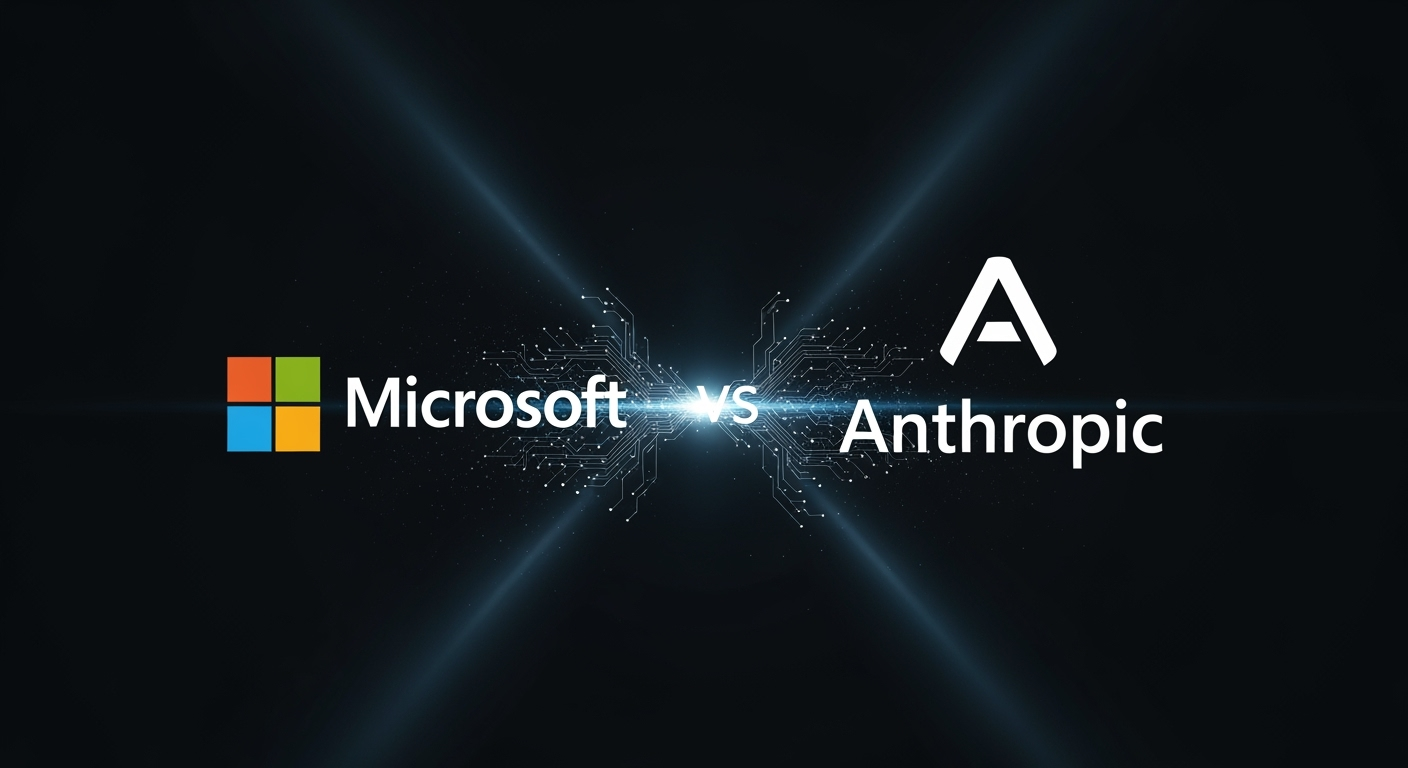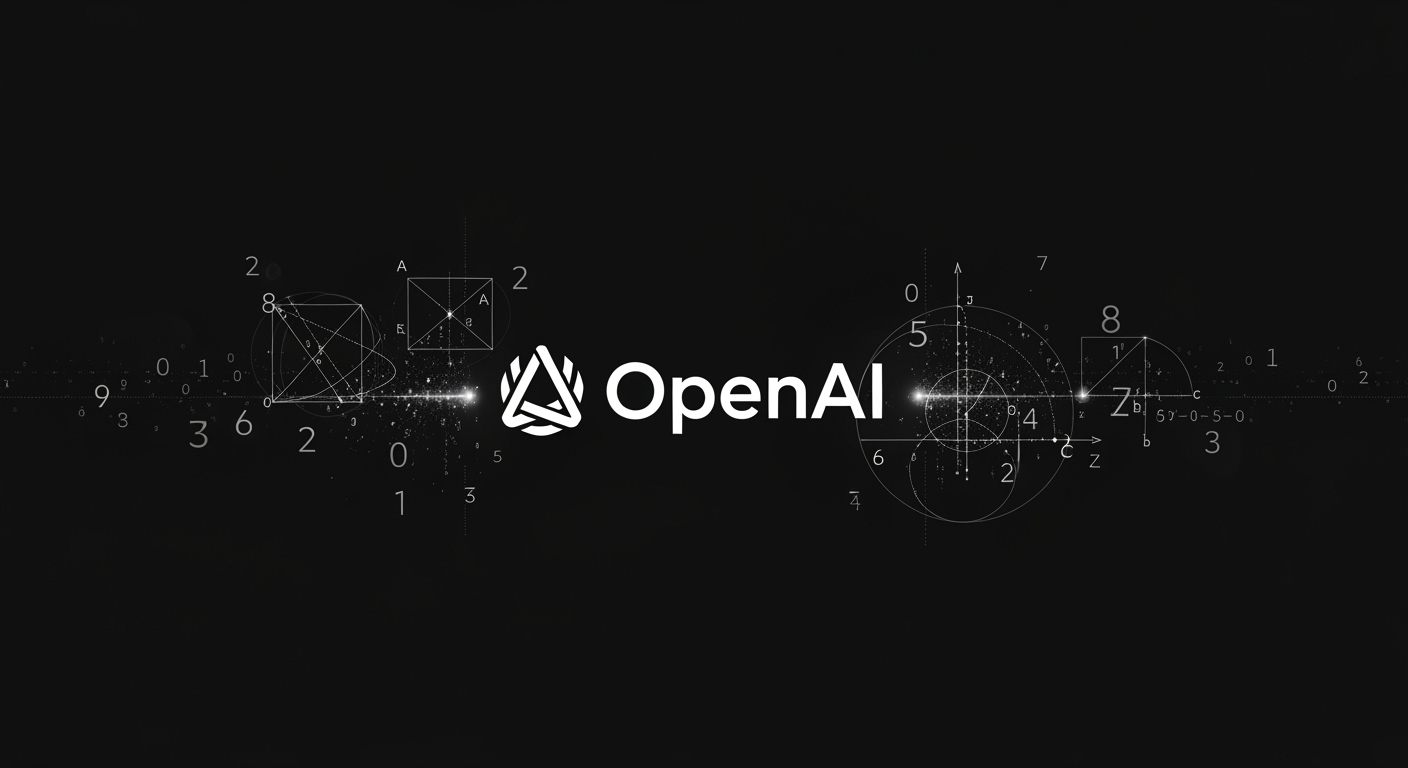Microsoft Expands Copilot with Anthropic AI Models

Microsoft Integrates Anthropic AI into Copilot
Microsoft has announced a significant update to its Copilot AI assistant, introducing Anthropic’s advanced AI models alongside those from OpenAI. This move marks a new chapter in Microsoft’s AI strategy, offering business users more flexibility and power in their daily workflows.
Broader AI Choices for Copilot Users
Until now, Microsoft Copilot primarily leveraged OpenAI’s technology. With the latest integration, users can now access Anthropic’s leading models—Claude Opus 4.1 and Claude Sonnet 4—directly within Copilot. This expansion comes shortly after Microsoft began using Anthropic’s AI in Office 365 applications like Word, Excel, and Outlook.
- Claude Opus 4.1 excels at complex reasoning, coding, and architectural planning, making it ideal for advanced development and strategic tasks.
- Claude Sonnet 4 is tailored for everyday development, large-scale data processing, and high-quality content generation, streamlining routine business operations.
Why This Matters for Businesses
The ability to choose between multiple AI models empowers Copilot’s enterprise users to tailor AI assistance to specific use cases. Whether tackling intricate research projects or automating standard processes, organizations can leverage the strengths of both OpenAI and Anthropic technologies.
A Shift in AI Partnerships
This development signals Microsoft’s continued evolution as it diversifies its AI partnerships. By decreasing its exclusive reliance on OpenAI, Microsoft is positioning itself to deliver more robust and customizable AI solutions—an important move for businesses seeking reliable, cutting-edge AI tools.
Looking Ahead
As Microsoft continues to expand its AI ecosystem, Copilot users can expect even more options and greater control over their digital workflows. Integrating Anthropic’s models not only strengthens Copilot’s capabilities but also reflects the rapidly changing landscape of enterprise AI.





